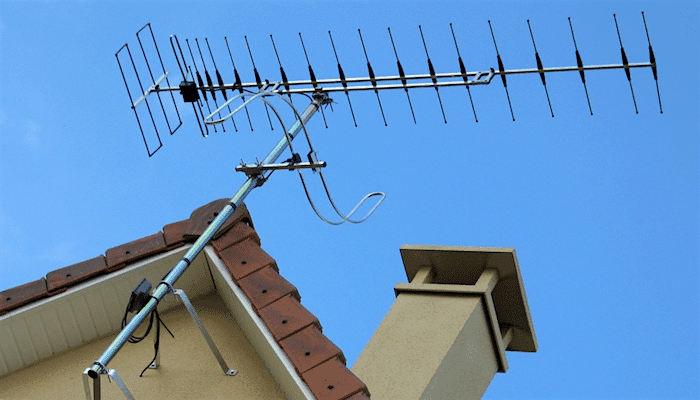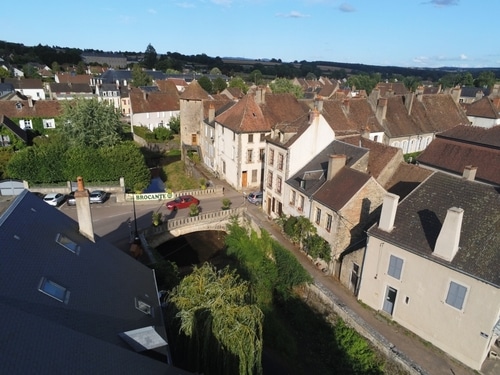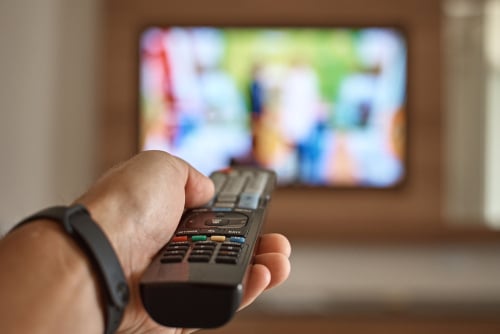A UHF reception antenna or "rake antenna", individual or collective, broadband to receive all potential DTT channels, and possibly equipped with a filtering system to limit interference with mobile telephony. In some cases, an indoor antenna can also be used.
Your antenna must be correctly oriented towards a DTT transmitter in order to receive all DTT channels (in some cases, a double orientation of the antenna may be necessary).
In the event of reception problems, please consult our "Reception problems" section .

A splitter or amplifier may be required in the following cases:
Coaxial cable, found in the vast majority of single-family and multi-family homes, is recommended for the distribution of radio-frequency signals, as it ensures good signal transmission and avoids interference.
Distribution via cable and "RJ45" sockets is nevertheless an option found in some new or renovated buildings, which offer a single cabling system to carry all communication signals. However, this option is more complex to implement (greater signal attenuation and degradation, risk of interference, etc.). The installation must use RJ45 cables adapted to the reception of terrestrial signals (grade 2 TV or grade 3 TV cable). It also requires specific RJ45 / coaxial cords and the appropriate reception level. An amplifier is often required.
All TV sets sold in France since March 1, 2008 are DVB-T / MPEG 4 compatible.
For older sets, you'll need a DVB-T / MPEG 4 adapter between your antenna socket and your TV set.
Most "TV boxes have a DVB-T / MPEG 4 compatible input, so you can use the DTT signal and benefit from its quality and reliability.
Management of collective television installations is the responsibility of the building manager (or syndic).
If you're not happy with the TV reception you're offered, French law guarantees a " right to antenna", the details of which are set out in a decree dated December 28, 1967.
Under certain conditions, co-owners or tenants can install a private antenna to access television services.


More than 300 local authorities have chosen to extend their DTT coverage with local retransmitters (known as 30-3 transmitters).
With ARCOM's authorization, local authorities can obtain the radio resources they need to broadcast DTT programs (in accordance with article 30-3 of law no. 86-1067 of September 30, 1986).
Are you experiencing DTT reception problems?
The "What to do if you have DTT problems" page explains what to do and who to contact to solve the problem.
